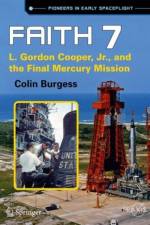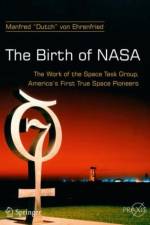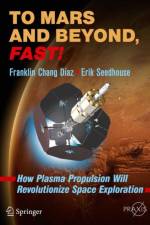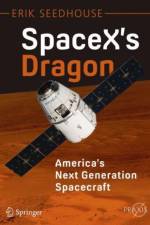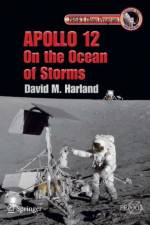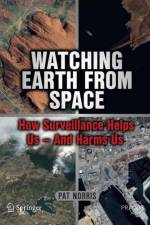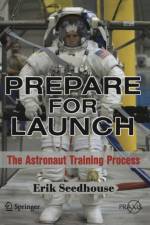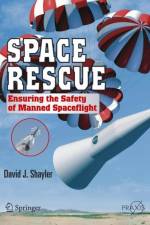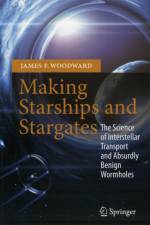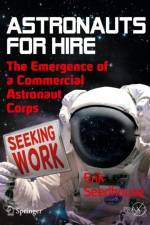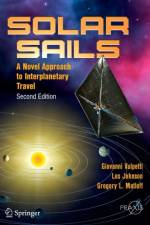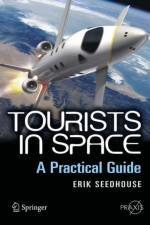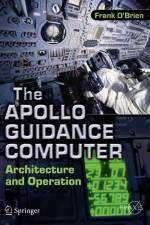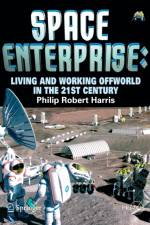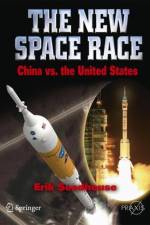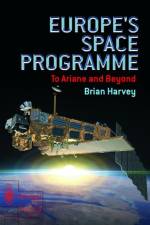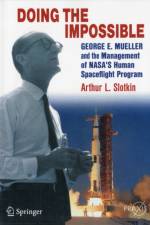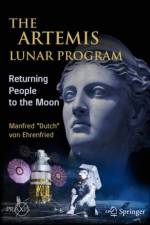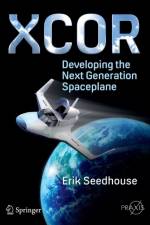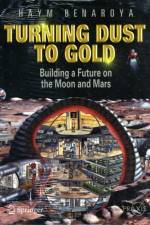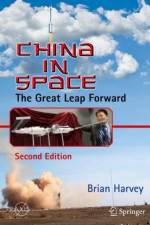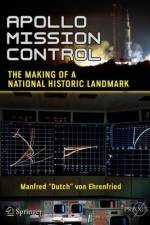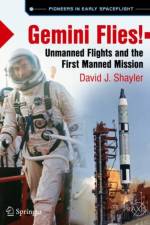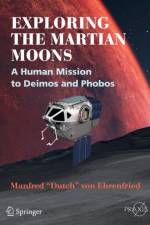- Unmanned Flights and the First Manned Mission
av David J. Shayler
569,-
This book explains how the testing program of the next-stage space exploration mission was completed. In this pre-Apollo stage, the vehicle''s ability to move in space was demonstrated, and the dawn of a new era of operational activities in Earth orbit commenced. When Gemini 3 became the first manned flight of the highly successful series of ten missions the spring of 1965, it paved the way for Apollo to reach the Moon later in the decade. Tasked with addressing key objectives and challenges in order to gain experience and knowledge from living and working in space, as opposed to just surviving the ride, Gemini also afforded NASA with the skills that remain relevant 50 years later, on time launches, rendezvous and docking, EVA, long duration flight, and completing the flight with a safe and accurate recovery. Often in the shadow of its famous pioneering predecessor Mercury, or lost in the glory of Apollo, the two man Gemini flights provided the vital link between proving humans could survive in space for a few hours and being able to accomplish useful work during missions of up to two weeks. Building upon the success of Project Mercury, Gemini 3 provided the first step in a program that gave NASA the confidence that America could reach the Moon with Apollo by the end of the decade. The Gemini 3 flight also saw the appearance of the first member of NASA’s second class of astronauts, a selection that has been said to have been the best group ever chosen by the space agency, some of whom participated not only in the Gemini program but also during the Apollo era.This book continues the Pioneers in Early Spaceflight series to examine each flight in the Mercury and Gemini series. Despite the challenges, Gemini 3 and its two-man crew undertook a huge gamble, and one which fortunately paid off. The mission was also the first time the mission control center at the Manned Spacecraft Center, near Houston, Texas, was utilized for monitoring the mission, commencing a tradition that continues today with the International Space Station program. 

